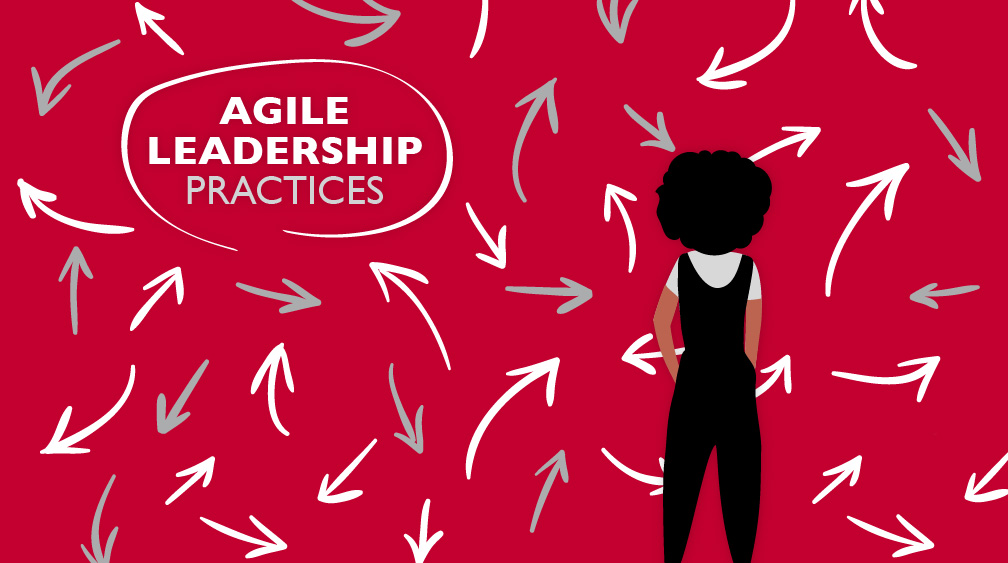Everything today is faster. Customers are hungry for better overall customer experience — not just better customer service — and rightly so. Leaders must learn to embrace today’s business environment or be ill-equipped to succeed if they rely solely on traditional leadership models. Traditional leadership models outline the importance of long-term planning and detailed forecasting all of which are reviewed on an annual basis. Leaders spend their time making top-down decisions and overseeing the creation of dense multi-year plans with little room for shifts in approach or strategy.
At the breakneck pace of change in today’s market, a detailed strategic plan could become obsolete in months if not weeks when environmental factors shift or technology evolves more rapidly than anticipated. Do not get stuck employing outdated techniques and strategies. Embracing agility — the ability to move quickly and easily — will help leaders execute and advance with the pace of change and better meet the needs of their employees and customers alike. Here are four characteristics and mindset shifts anyone can employ to embrace agility:
Fail Fast, Deliver Often
Failure is only the opportunity to begin again, only this time more wisely. – Henry Ford
Failure is not the end, it is the opportunity to learn and approach a situation differently, this time with more information. Rather than trying to delay failure — fail fast, refine the problem, upgrade the approach, and move forward with a fix or pivot in a new direction. In practice, this means taking imperfect thoughts and half baked ideas to colleagues or customers for feedback early and often to gain insights instead of waiting for the finished product.
Focus on Outcomes Over Process
Agile leaders are outcome-oriented, instead of caught up in detailed plans and processes. At the end of the day people remember a successful outcome, not what the original plan prescribed. Get creative with solutions in order to achieve success. This means remaining dedicated to achieving desired outcomes and being flexible about the plans and strategies used to accomplish them.
Choose the Right Style for the Right Moment
Leaders tend to have a default style of decision-making. Some are more comfortable taking command and controlling from the top down, while others prefer group collaboration. The most effective leaders display agility while navigating the LEADERSHIP SPECTRUM to match their style to the situation at hand. In practice, this means employing both active listening and critical thinking. Does the situation at hand require a strong, quick decision or would a better outcome be achieved by reaching consensus with a group of key stakeholders? The answer to this question dictates where on the spectrum a leader should show up to achieve the desired outcome.
Solicit Feedback Often
FEEDBACK – getting a new perspective – is the lifeblood of learning and mastery. Many organizations and individuals fail to solicit feedback because they are scared of the results. Feedback is easy to give and get when the right message is given at the right time, to the right person, the right way, and for the right reason.
Agile leaders can help foster a more agile culture that values feedback by establishing feedback channels from both employees and customers. Understanding the employee and customer perspectives by continually soliciting their feedback is the best tool an agile leader can deploy to make quick changes and improvements when satisfaction dips or a rival enters a market; thereby, enhancing the customer experience.
I’d love to hear about a moment in your career when you’ve embraced agile leadership. Drop me an email and let me know what agility means to you and how you’ve embraced agility on your leadership journey.






 The Clearing’s Employee Experience
Improvement model, adapted from Itam
& Ghosh, 2020, focuses on three objectives:
The Clearing’s Employee Experience
Improvement model, adapted from Itam
& Ghosh, 2020, focuses on three objectives: 














